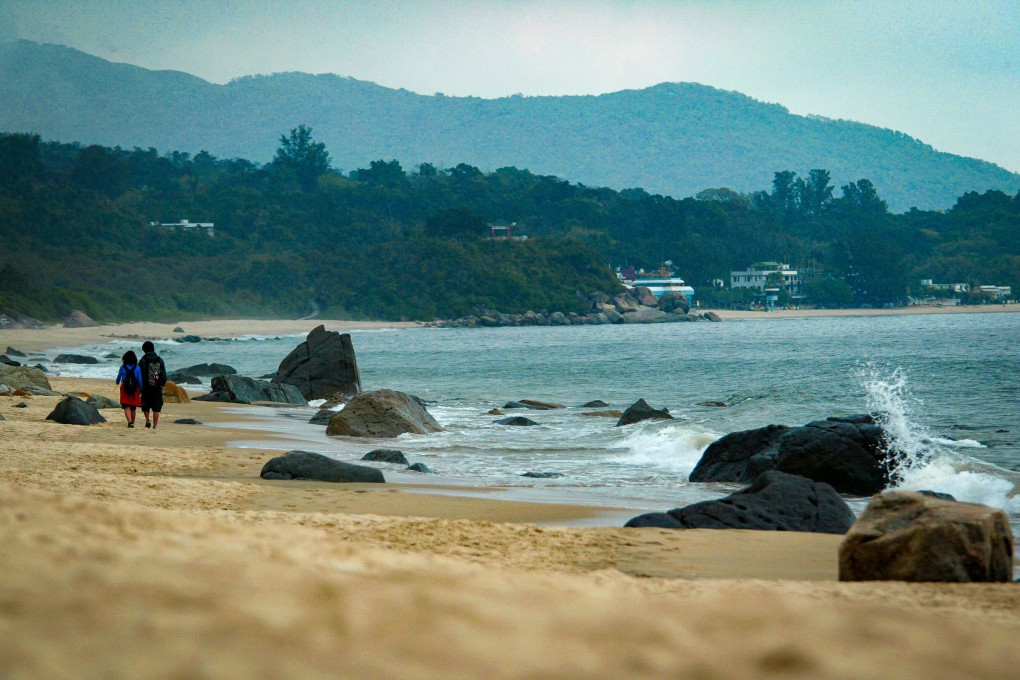Hong Kong authorities to transform South Lantau into holiday spot featuring ‘ecological’, ‘sustainable’ facilities
- Development Bureau rolls out proposal to turn four rural areas on Lantau into ‘eco-recreation corridor’
- Cheung Sha, where city’s longest beach is located, to become South Lantau’s recreational hub with accommodation such as beach campsites, according to proposal

Hong Kong’s South Lantau will be developed into a destination drawing thousands of people every day on holidays to raise public awareness of environmental conservation and boost the local economy, authorities have said.
The Development Bureau on Monday rolled out a proposal to turn four rural areas on Lantau Island into an “eco-recreation corridor” featuring “ecologically and naturally based sustainable” recreational and educational resources and programmes.
The plan was revealed a day before a two-month public consultation, with the bureau brushing aside concerns about damage to the environment.
“[Preliminary] technical assessments on ecology, environment, traffic and infrastructure were carried out to confirm that the proposals will not have adverse impacts on South Lantau,” the bureau said in a paper submitted to the Legislative Council.
The government added that it would conduct detailed technical assessments as it took forward individual projects.
Cheung Sha, where Hong Kong’s longest beach is located, will become the recreational hub of South Lantau with accommodation, such as beach campsites, under the government proposal.